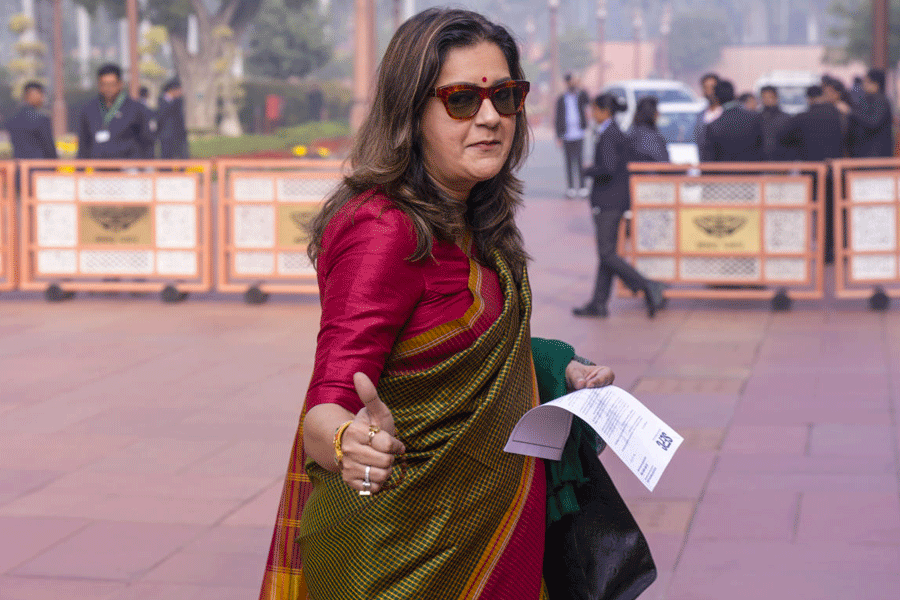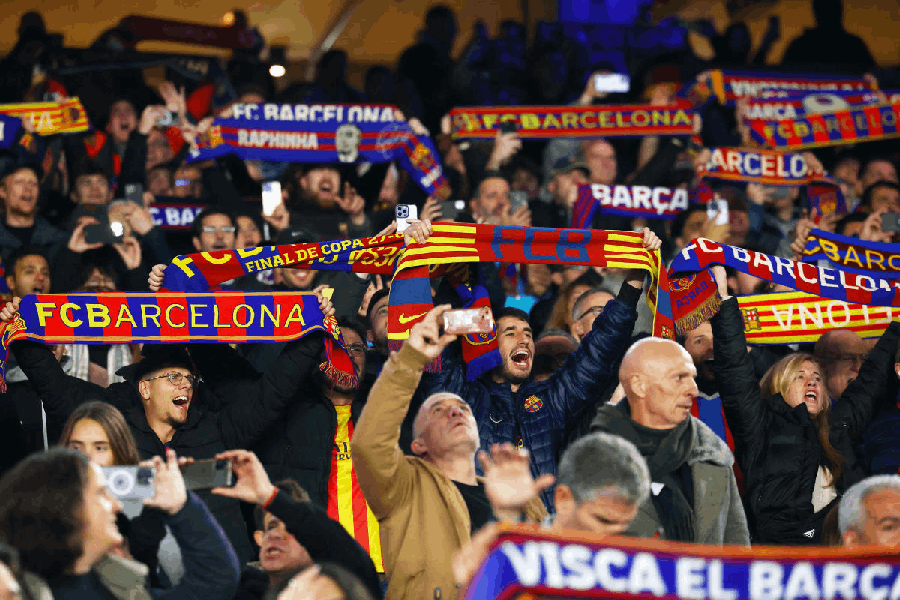 |
| City police believe that unauthorised parking and slow-moving vehicles like cycle rockshaws and handcarts are responsible for the traffic jams in the city, like this one on AT Road. Picture by Eastern Projections |
Sept. 29: The city police are contemplating a ban slow-moving vehicles like cycle rickshaws and handcarts on certain roads of the city in order to reduce traffic congestion.
“There is an urgent need for bringing changes in the traffic system. Otherwise, traffic will become unmanageable in coming years,” said the superintendent of police (traffic).
The traffic police have proposed that slow-moving vehicles must be banned on certain arterial roads between 8 am and 9 pm with immediate effect. The police have classified cycle rickshaws, handcarts, tricycles and bullock carts as “slow-moving” vehicles.
“One of the main reasons for traffic congestion and accidents is the mixed nature of traffic on arterial roads, particularly in crowded areas like Fancy Bazar, Paltan Bazar, GNB Road and AT Road. The ban, if imposed, will make the roads safer for motorists,” a police source said.
The proposal is awaiting clearance from the state police headquarters.
The move is likely to face stiff resistance, as rickshaws are a popular mode of transportation for commoners in the city.
The source said the ban has become inevitable to make the roads safer and to ensure smooth movement of vehicles. Frequent traffic snarls at busy intersections during peak hours have almost doubled travelling time in the last few years, he said.
He also expressed concern over the transport department’s plan to introduce trekker services in the arterial routes of the city.
“The government’s policy is to introduce trekkers only on routes where city buses are not plying. Allowing trekkers to ply in the core areas of the city will further aggravate traffic congestion,” the source said.
The traffic police are of the view that making the new inter-state bus terminus operational and shifting of the wholesale market to the outskirts of the city as early as possible would help ease traffic congestion on the main thoroughfares of the city.
A rapid growth in the number of vehicles has put stress on the existing road network in the city.
It has witnessed a 10 per cent growth in the number of two-wheelers between 2000 and 2004, while the number of light medium vehicles increased by 7.8 per cent, buses by 5 per cent and trucks by 7.3 per cent. The combined growth rate of vehicles in the city was 9.1 per cent.
The number of vehicles registered in Guwahati has gone up to 2,40,869 in 2004, compared to 1,70,125 in 2000.











